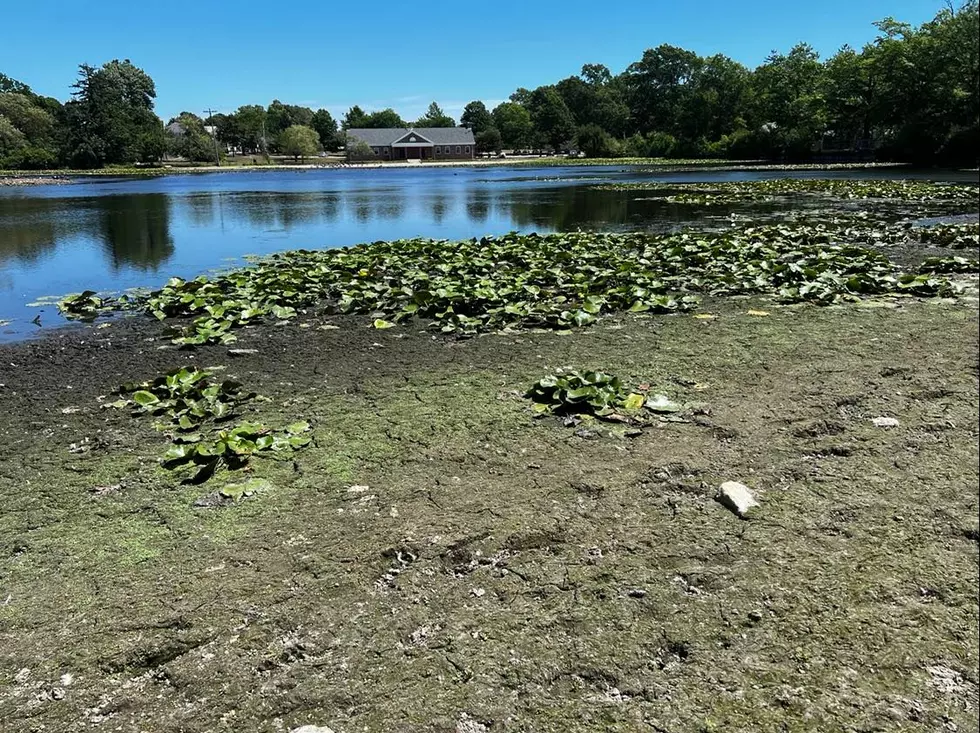
SouthCoast Watering Holes Drying Up as Severe Drought Worsens
The U.S. Drought Monitor says drought conditions in Southeastern Massachusetts, including the Greater New Bedford, Fall River, and Taunton areas, are severe and are likely to get worse before they get better.
Already lawns, leaves, and flowers are parched from the lack of rainfall, and now many lakes, ponds, rivers, and streams are showing signs of drying up, too.
Dartmouth's Cornell Pond on Old Fall River Road is one such location. Parts of the pond bed are exposed, leaving lily pads to bake on the cracked mud.
Many geese that usually swim freely on the pond are left wondering what happened to all the water.
Buttonwood Park Pond is in pretty tough shape as well. A good 30 feet of the pond's bed, normally underwater, is exposed to the sun and lays cracked and dried along the Rockdale Avenue side.
The vegetation and rocks, normally hidden from view at the bottom of the pond, are exposed to the hot sun.
Boston.com reported that "Massachusetts environmental experts urge the public to heed local water restrictions amid an uptick in wildfires."
"Fifty-seven percent of Massachusetts is now in what the U.S. Drought Monitor considers a severe drought, up from 44 percent last week and 26 percent the week prior," it reported.

The Massachusetts Division of Fisheries and Wildlife said in addition to humans and crops, drought conditions "can also be challenging for native wildlife – especially fish."
While the Little Quittacas Pond in Lakeville and Rochester – part of the pond system that provides drinking water to New Bedford – has been impacted by the drought, so far the effects appear minimal.
"It's definitely showing signs of the drought, but the levels are still in a pretty good range," New Bedford City Council President Ian Abreu said. "The city is blessed with a phenomenal water source/system."
LOOK: The most extreme temperatures in the history of every state
LOOK: The most expensive weather and climate disasters in recent decades
More From WFHN-FM/FUN 107









